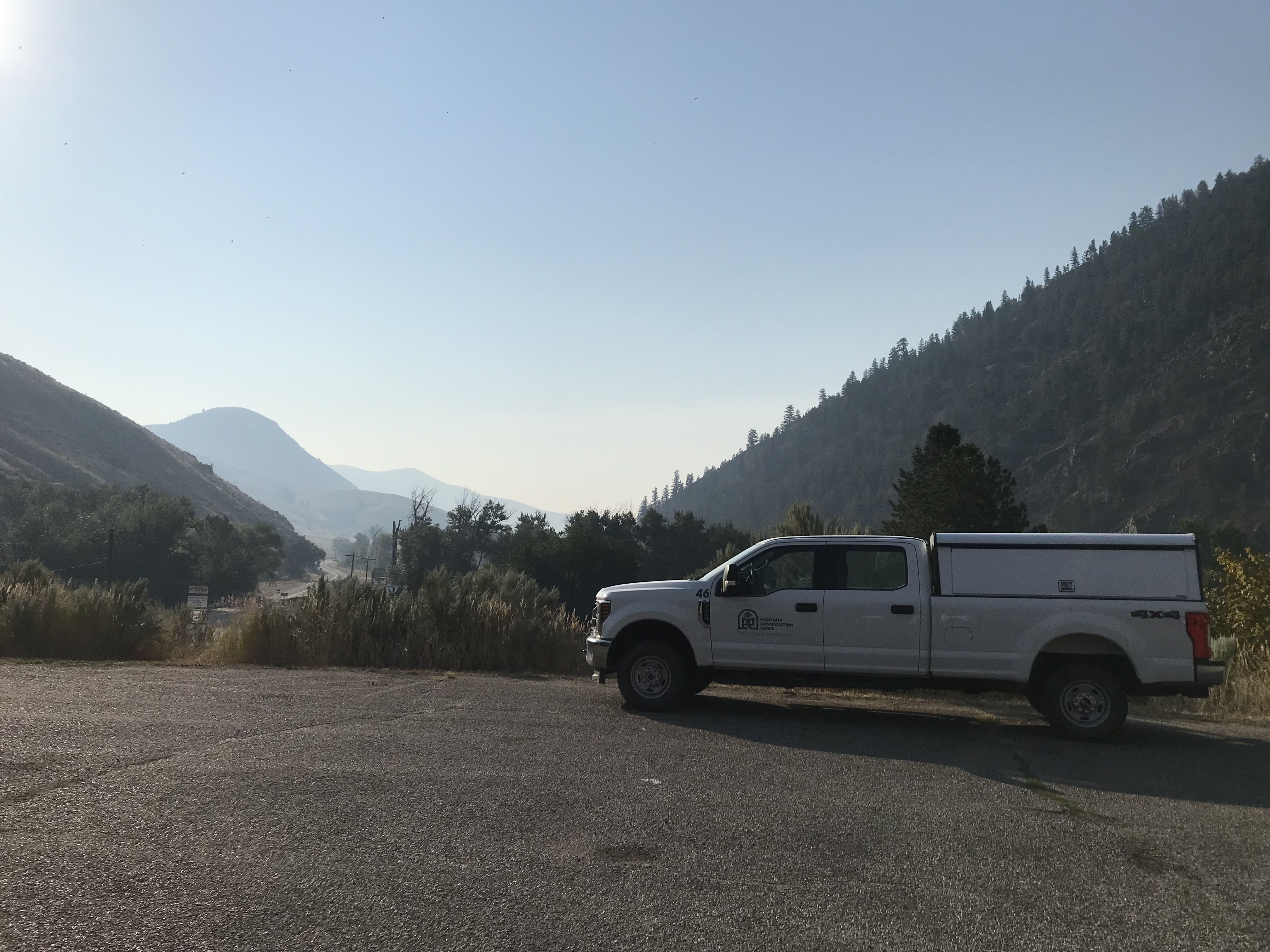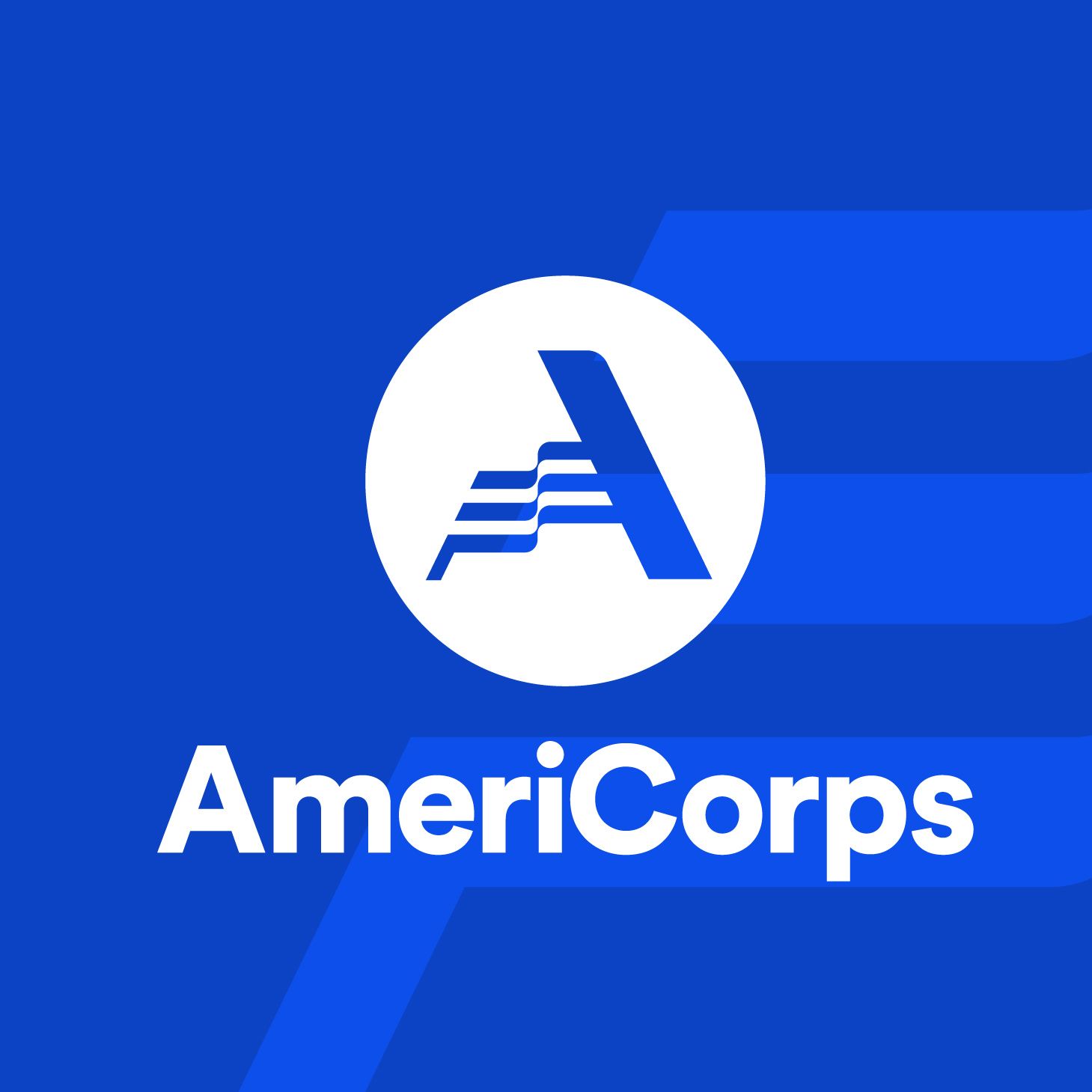
It has recently come to our attention as a crew that there is a widespread debate throughout MCC about the proper way to “sump.” In talking to other crews, we have determined that there is a division regarding sump socks vs. sump screens. While many other crews tout the benefits of the sump screen, we are here to say, once and for all, that we are TEAM SUMP SOCK and this is why:
1. In a recent interview with Crew Leader Kat, they explained that “socks are self-contained.” When using sump screens, members must directly touch the leftover food in order to transfer it from the screen to a trash bag. With the sump sock, however, members need not dirty their hands at all, pouring the water plus leftovers straight into the sump sock.
2. Additionally, sump socks provide an artistic camp decoration that sump screens do not. When sump screens are emptied out into a trash bag, they are typically no longer visible at the campsite to the crew and members of the public. While this is perhaps a more bear-safe option, we feel this is a shame to hide such an important MCC phenomenon. This is why when our crew sets up camp, we make sure to dig our sump hole in a prominent location and hang our sump sock above it each night.
3. Finally, sump socks promote clear communication and team bonding. Crew members must alternate roles nightly, most notably between the “sump-sock-holder” and the “dish-water-pourer.” The “sump-sock-holder” must stand at an appropriate distance, stretch the sock, and ensure that the leftover food reaches the bottom of the sock. The “dish-water-pourer” must indicate when they are ready to pour the water and do so in a timely and increasingly rapid manner so that all food remnants get in the sock. This whole process is a delicate operation and must be taken seriously. Thus, it effectively prepares crew members for teamwork in the field during the day.
Thank you for taking the time to read our perspective. Please feel free contact us directly with any questions, concerns, or insults.

![[Image Description: Two MCC members taking a brief break; one is sitting on a rock, the other is standing nearby. They are both in their uniforms, looking out at the expansive, mountain view surrounding them.]](https://cdn.firespring.com/images/c3f85e97-43a9-4810-8081-e8e6338173d0.jpeg)




